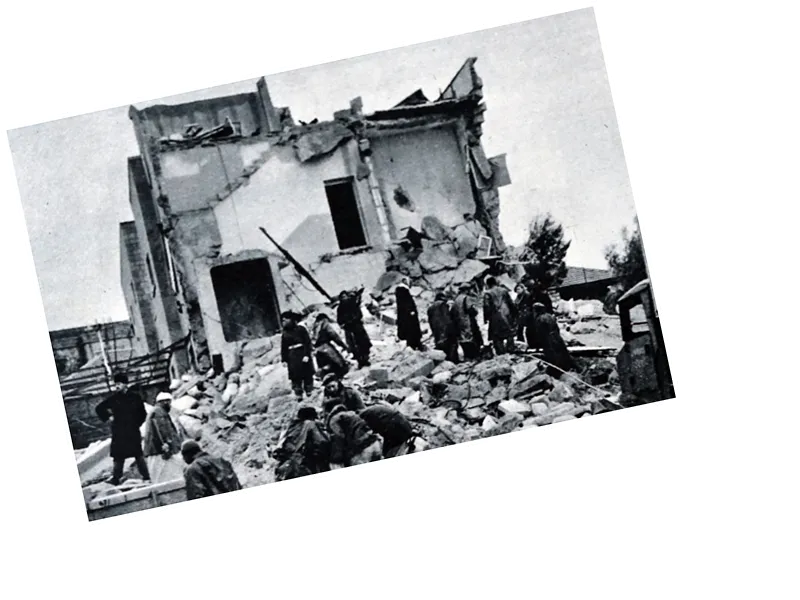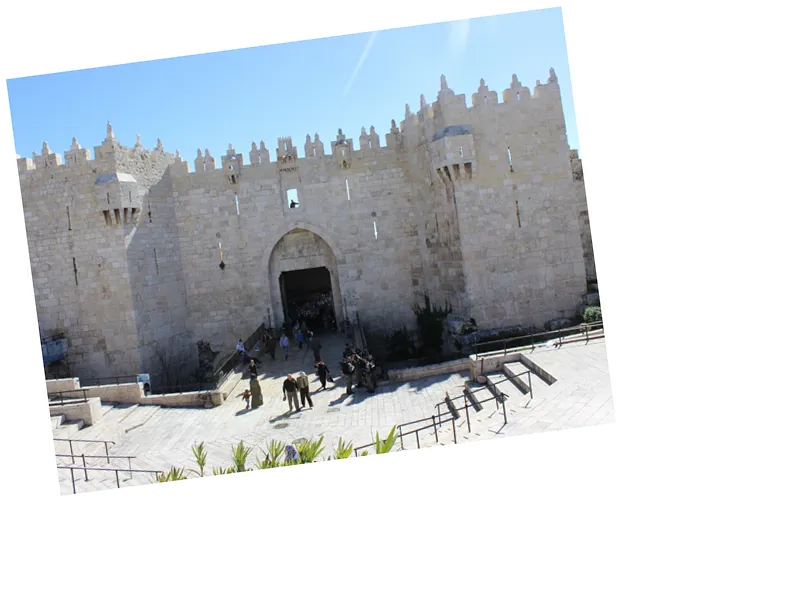The Historical Significance of the Battle of Katamon
The Battle of Katamon, fought in 1948, was a pivotal moment in the struggle for control over Jerusalem. Located in the western part of the city, the Katamon neighborhood was strategically important for both Zionist and Arab forces. The neighborhood, which had a rich history dating back to the late 19th century, was home to approximately 200 Palestinian families before the Nakba. Its elevation provided a commanding view over the surrounding areas, making it a critical target in the conflict.
The Fierce Fighting and Resistance
The battle commenced with intense artillery bombardments from Zionist forces, culminating in the destruction of key buildings, including the Semiramis Hotel. Palestinian resistance fighters, notably led by Ibrahim Abu Diya, faced overwhelming odds. Despite being poorly equipped and vastly outnumbered, these fighters demonstrated remarkable bravery, delaying the occupation of Katamon for a month. Their motto, “The Zionists will not pass except over our dead bodies,” epitomized their resolve to defend their homeland against encroachment.
Aftermath and Displacement
The aftermath of the battle saw widespread looting and the displacement of many Palestinian families. As the neighborhood fell under Zionist control on May 2, 1948, residents lost not only their homes but also their belongings. Reports from the time describe scenes of looting, where soldiers and civilians alike carried away furniture and personal items from the abandoned homes. The occupation led to a significant demographic shift in Katamon, with settlers moving into the area, further entrenching the consequences of the conflict.





